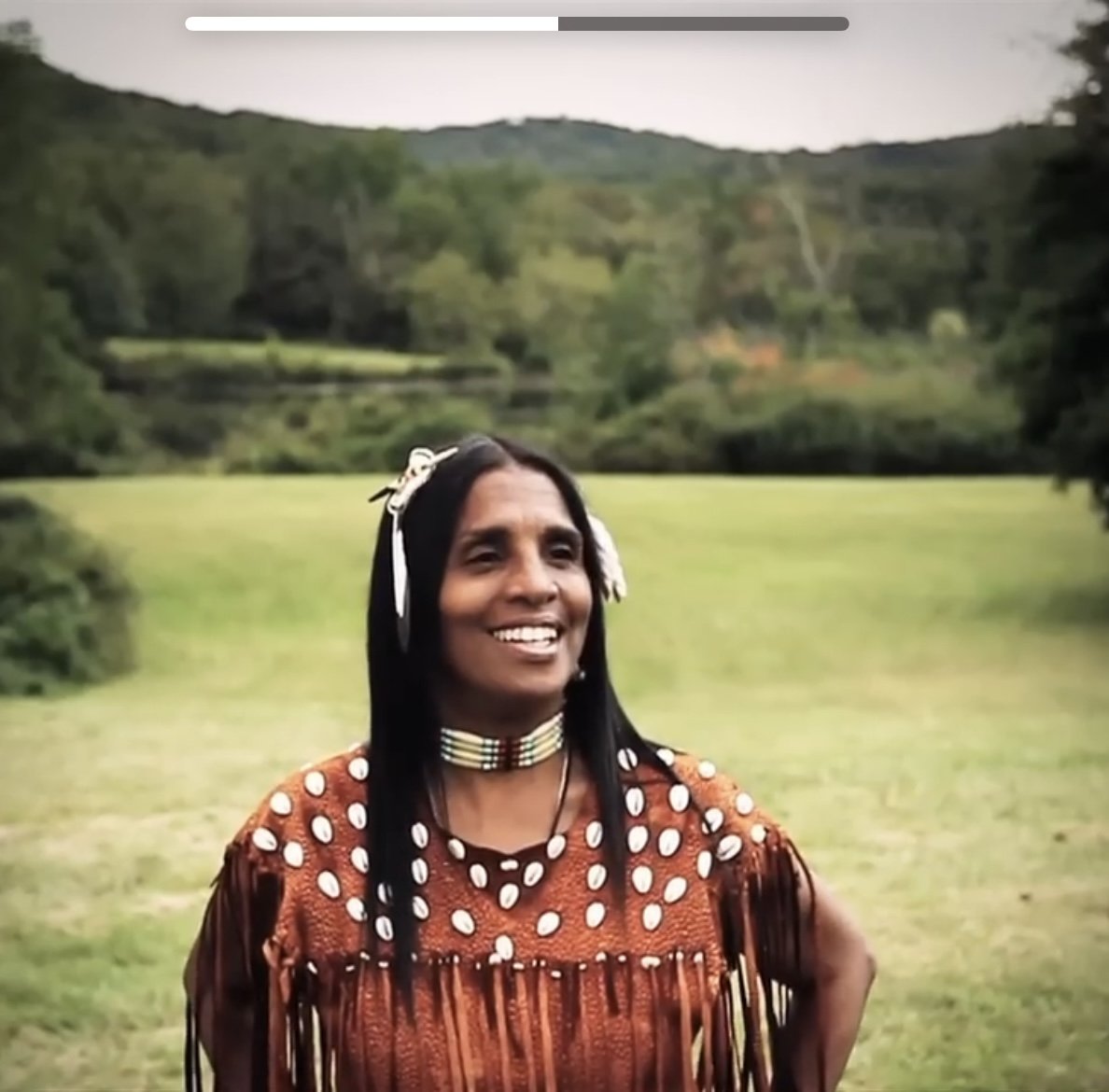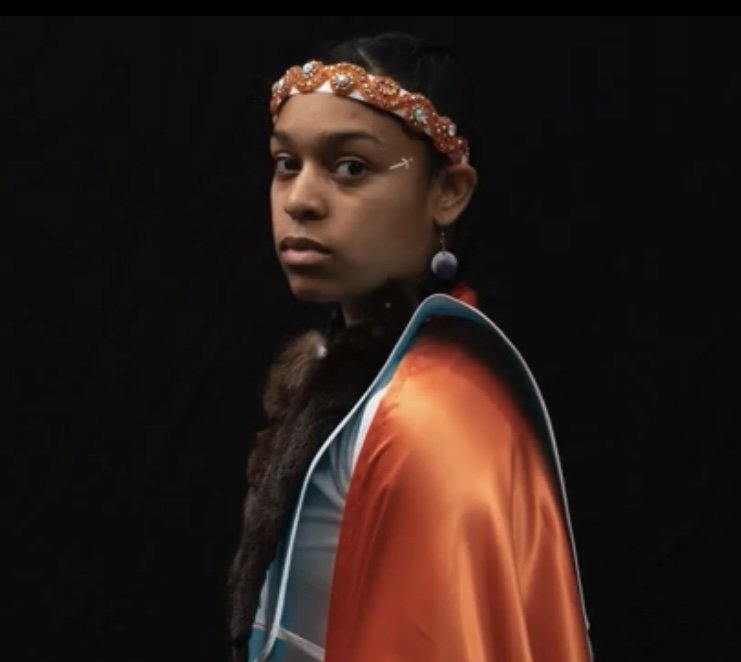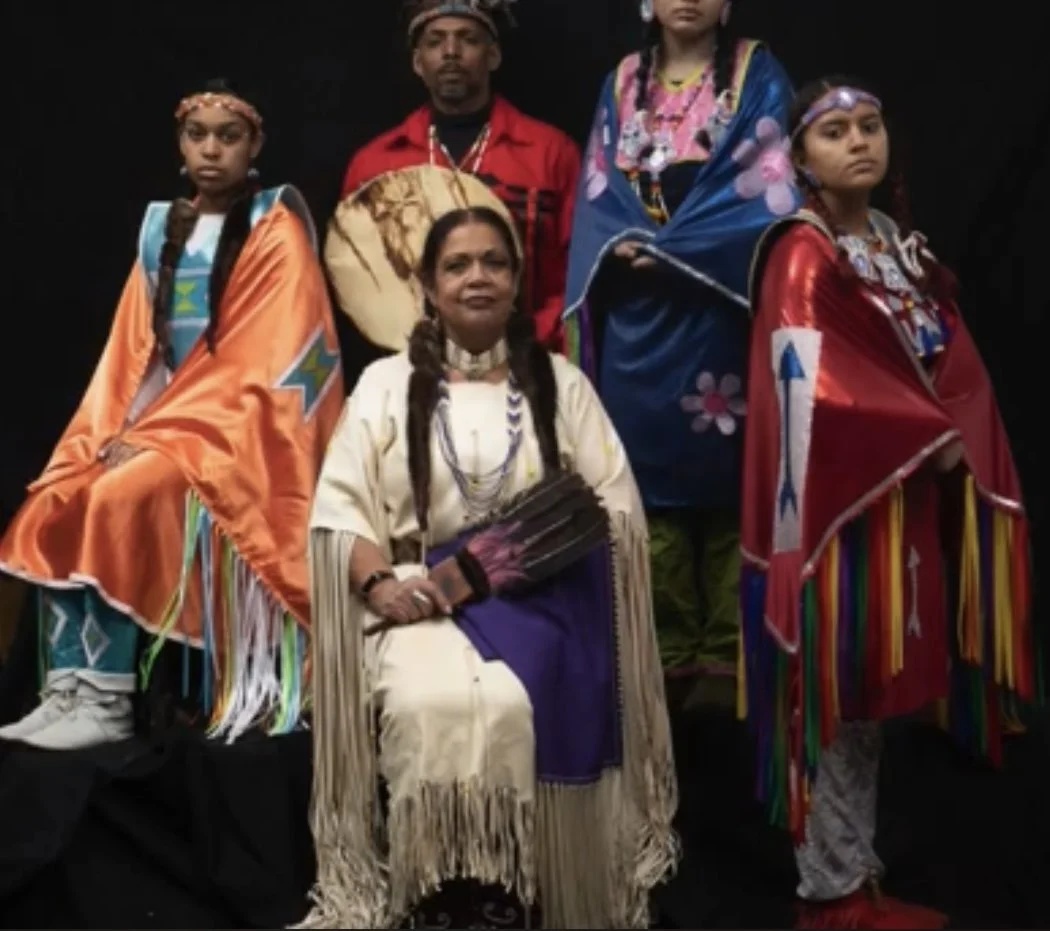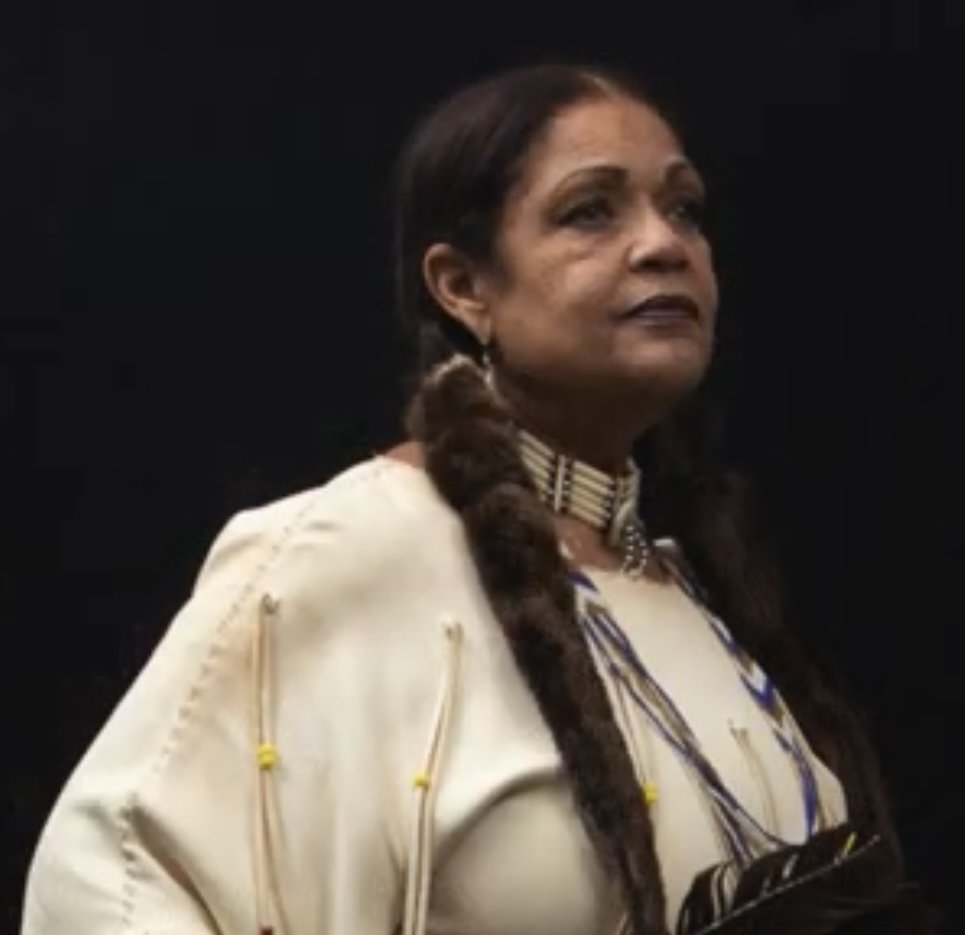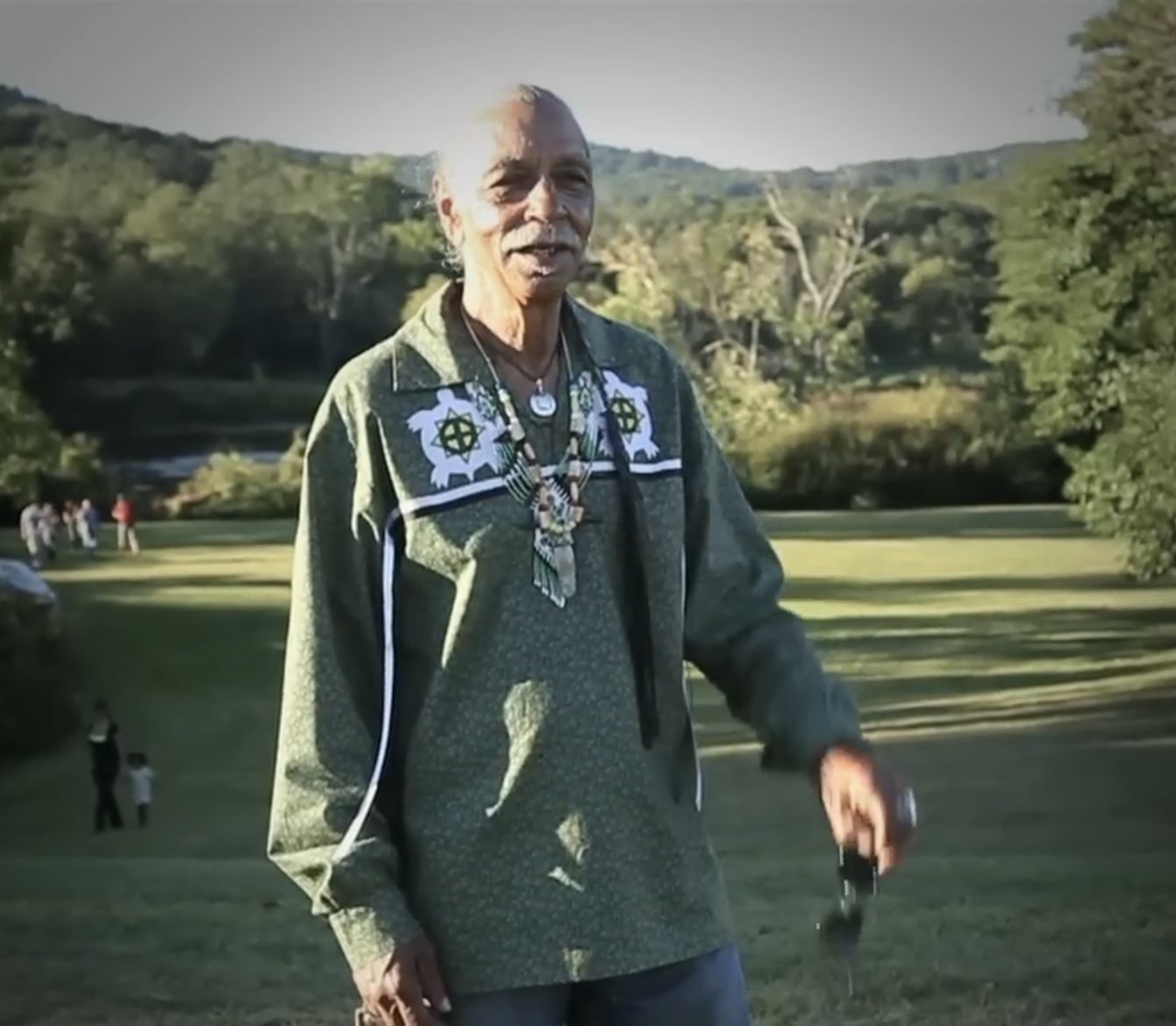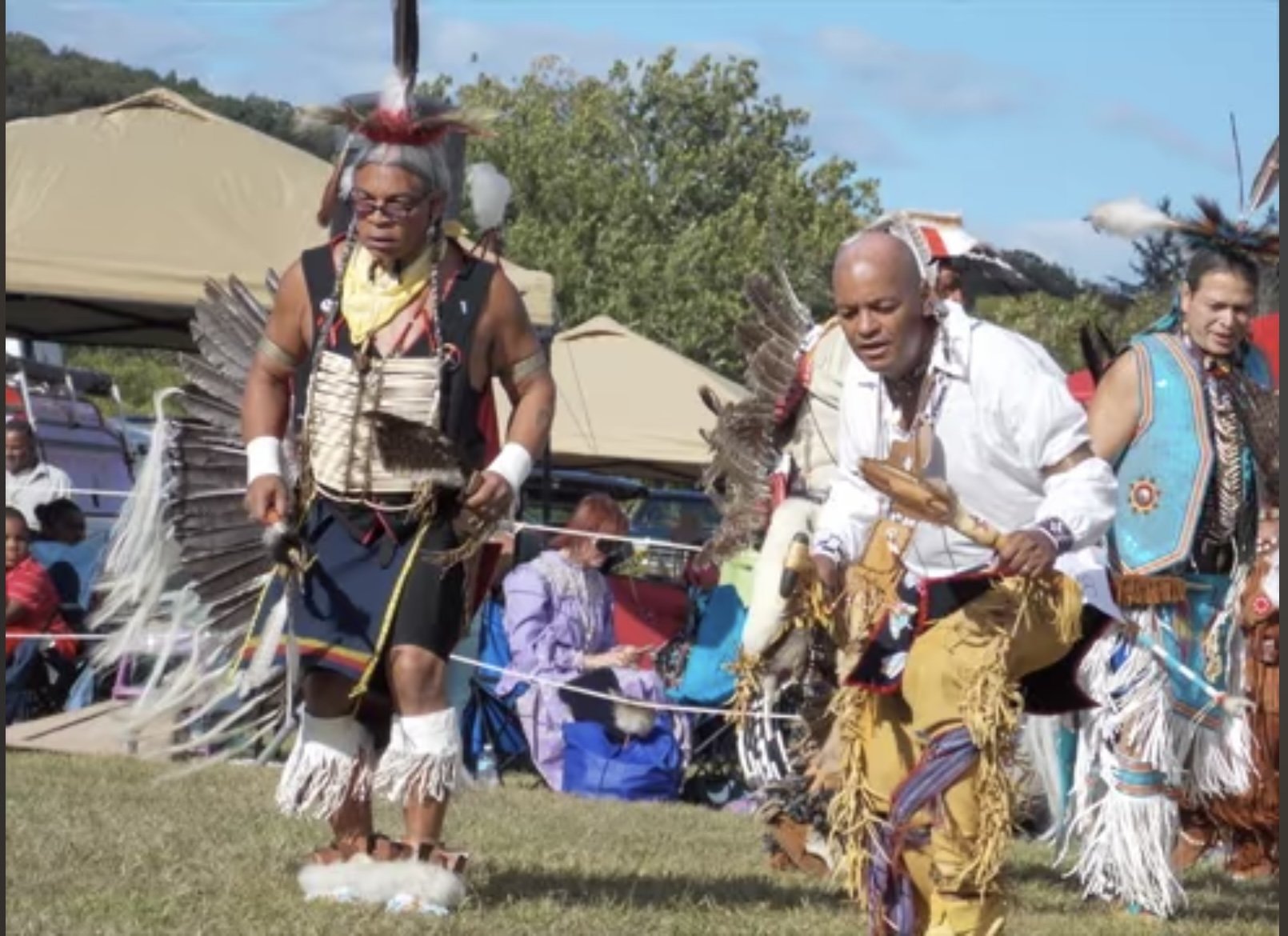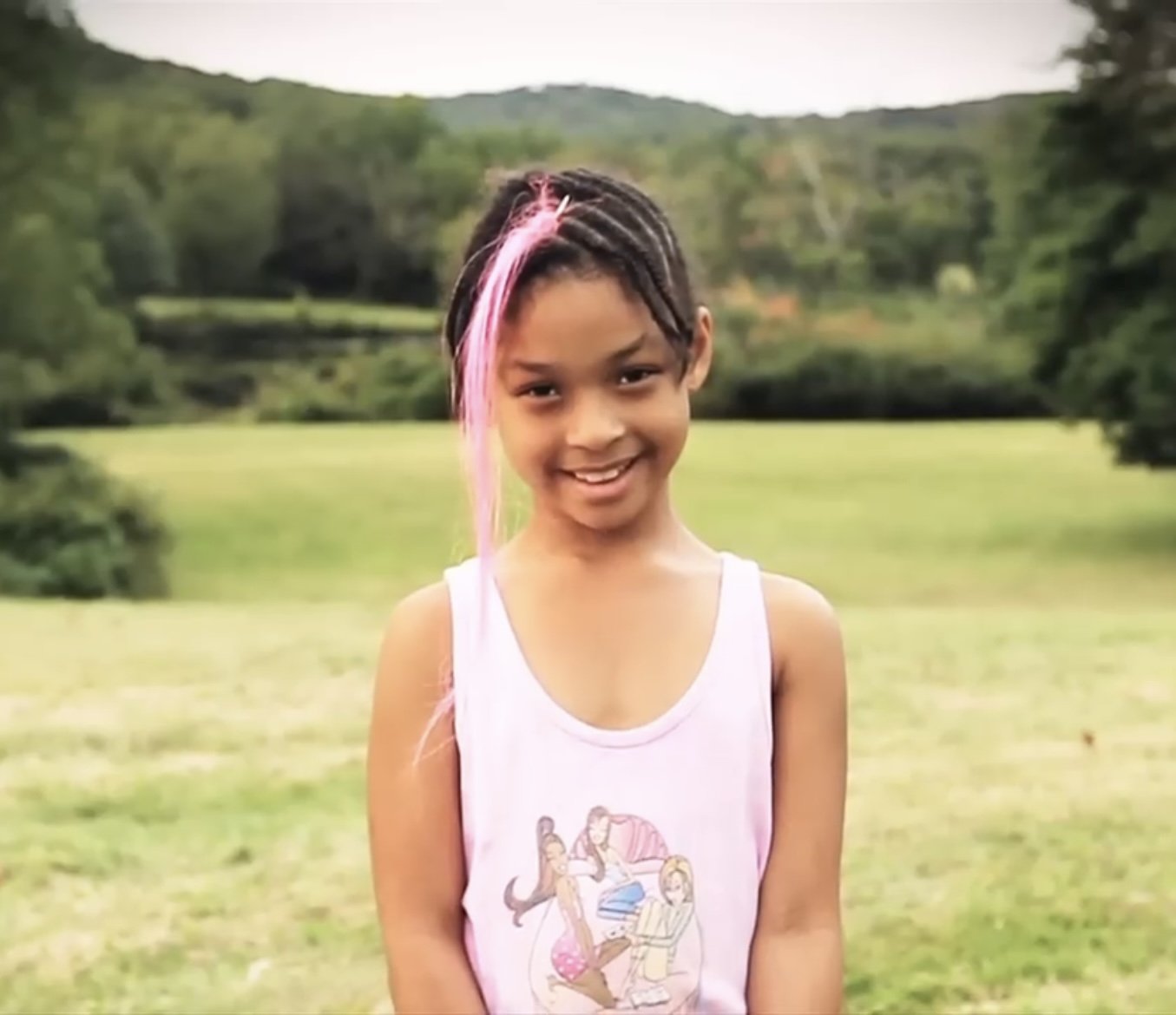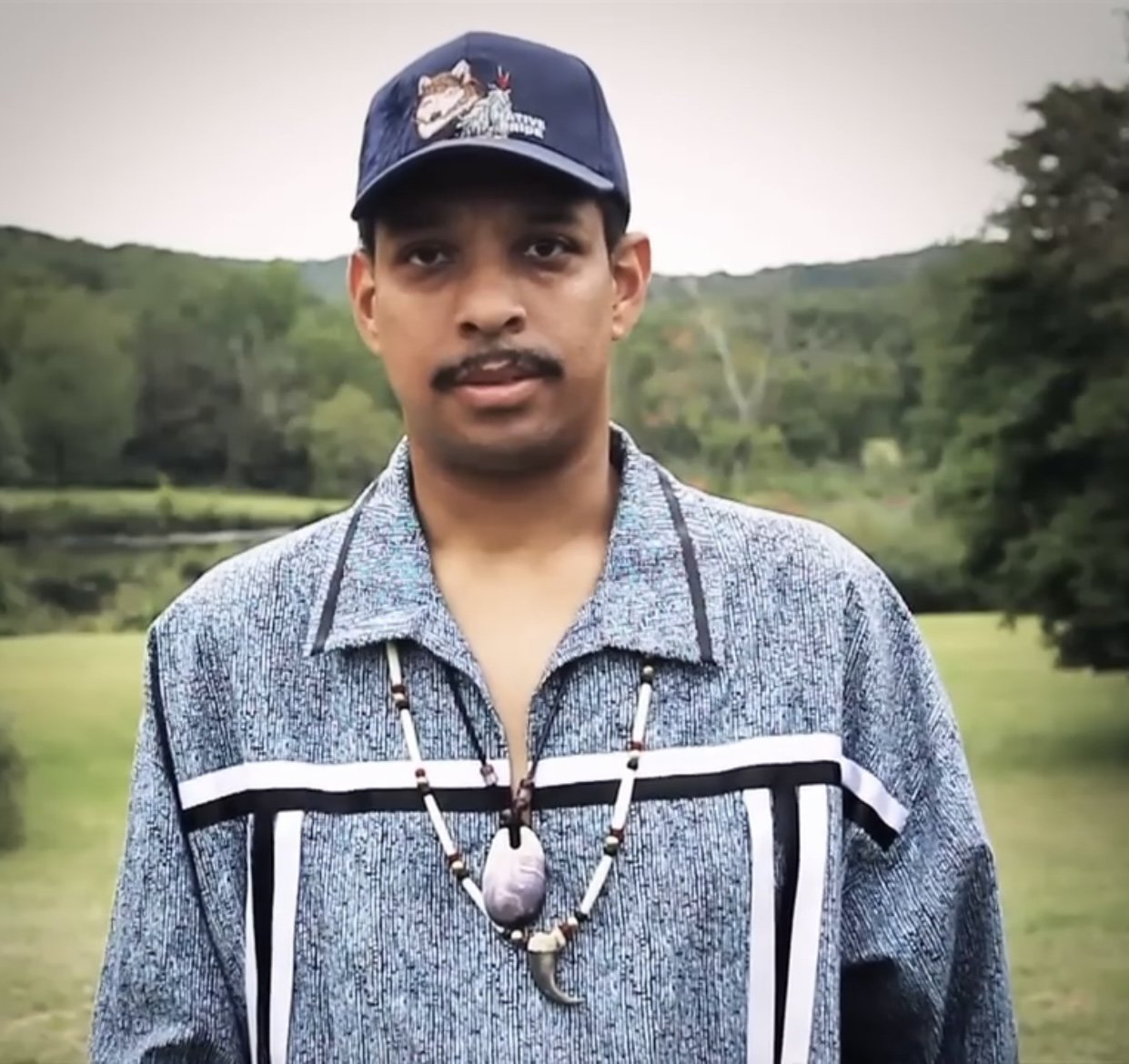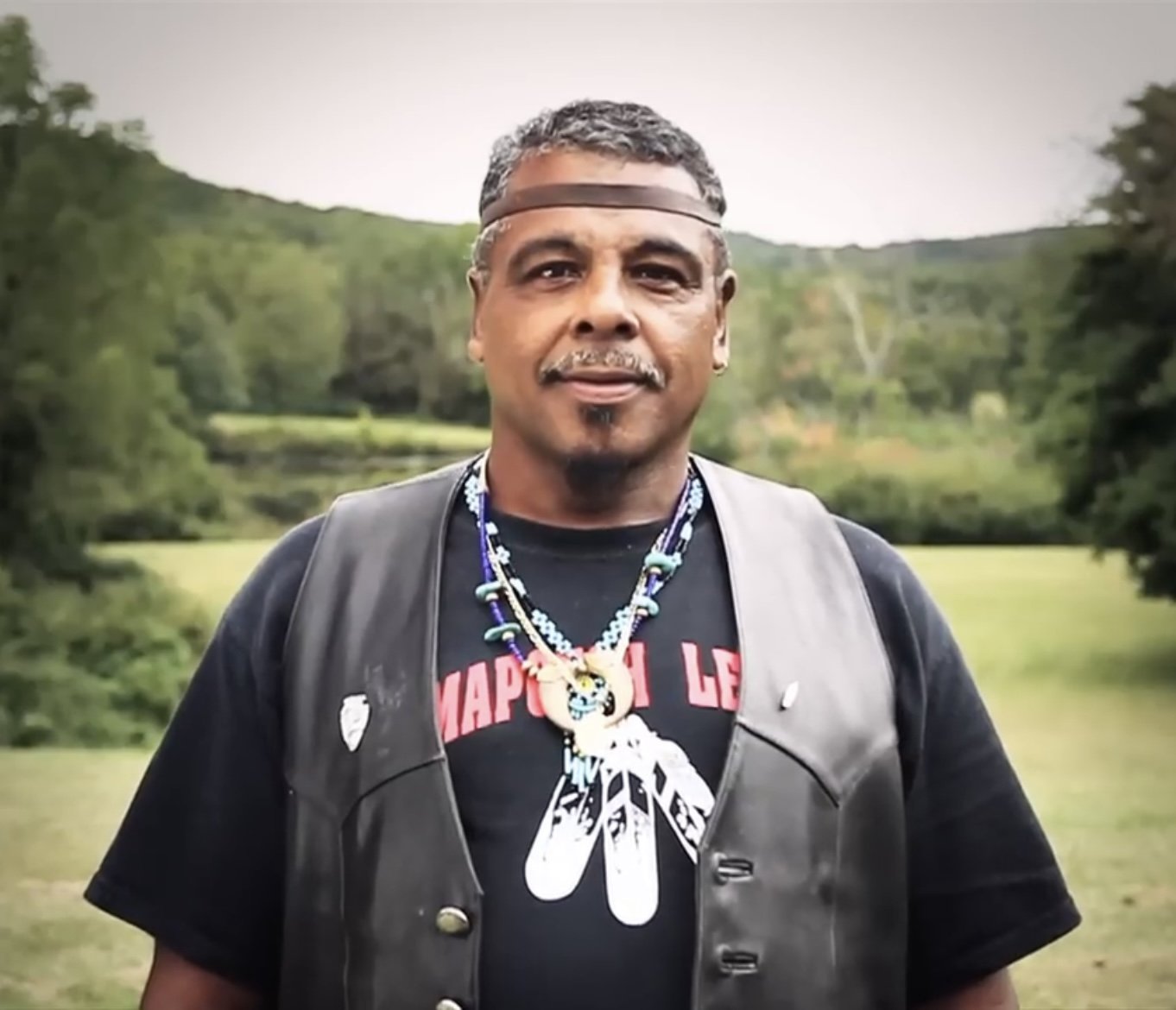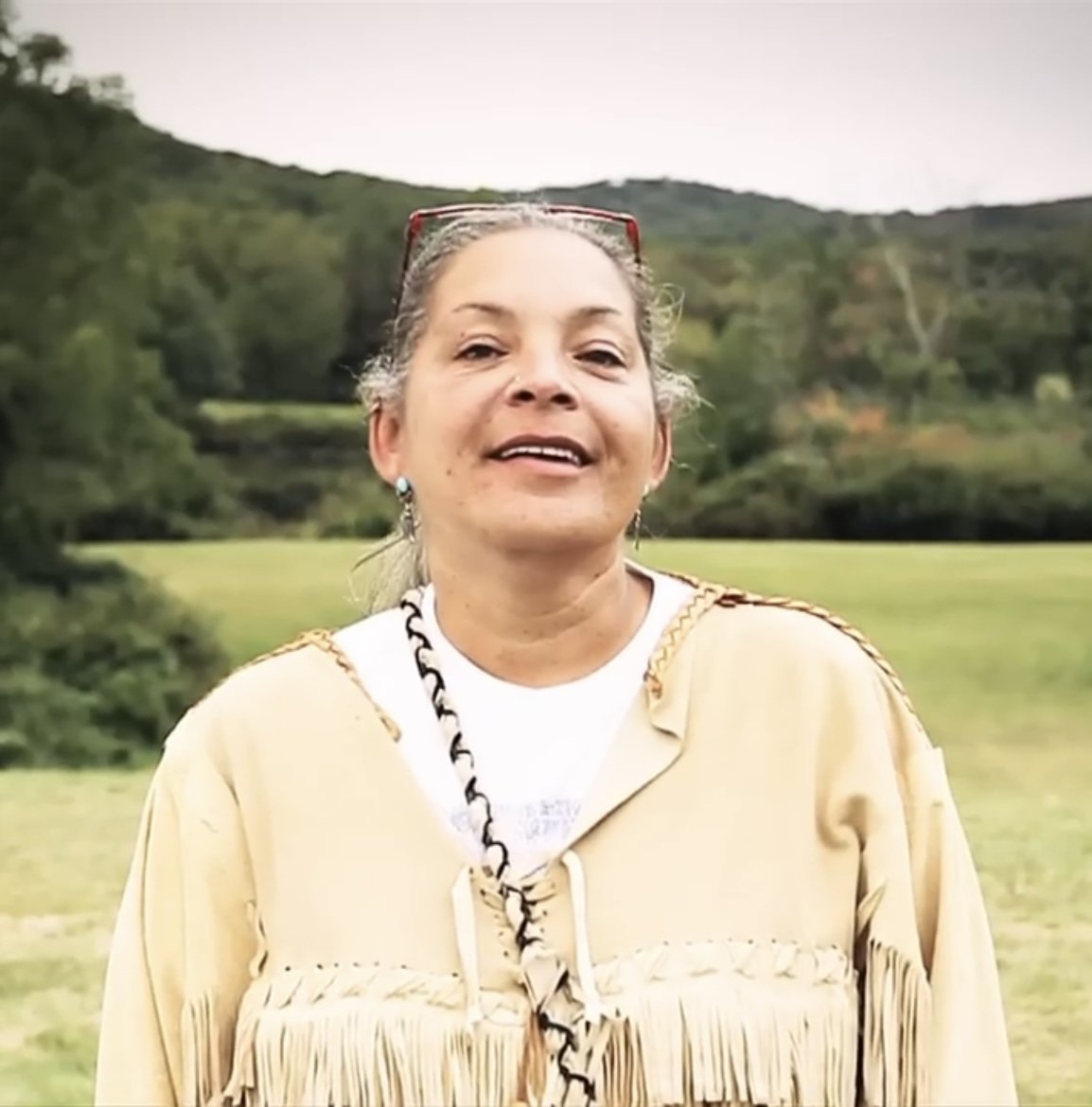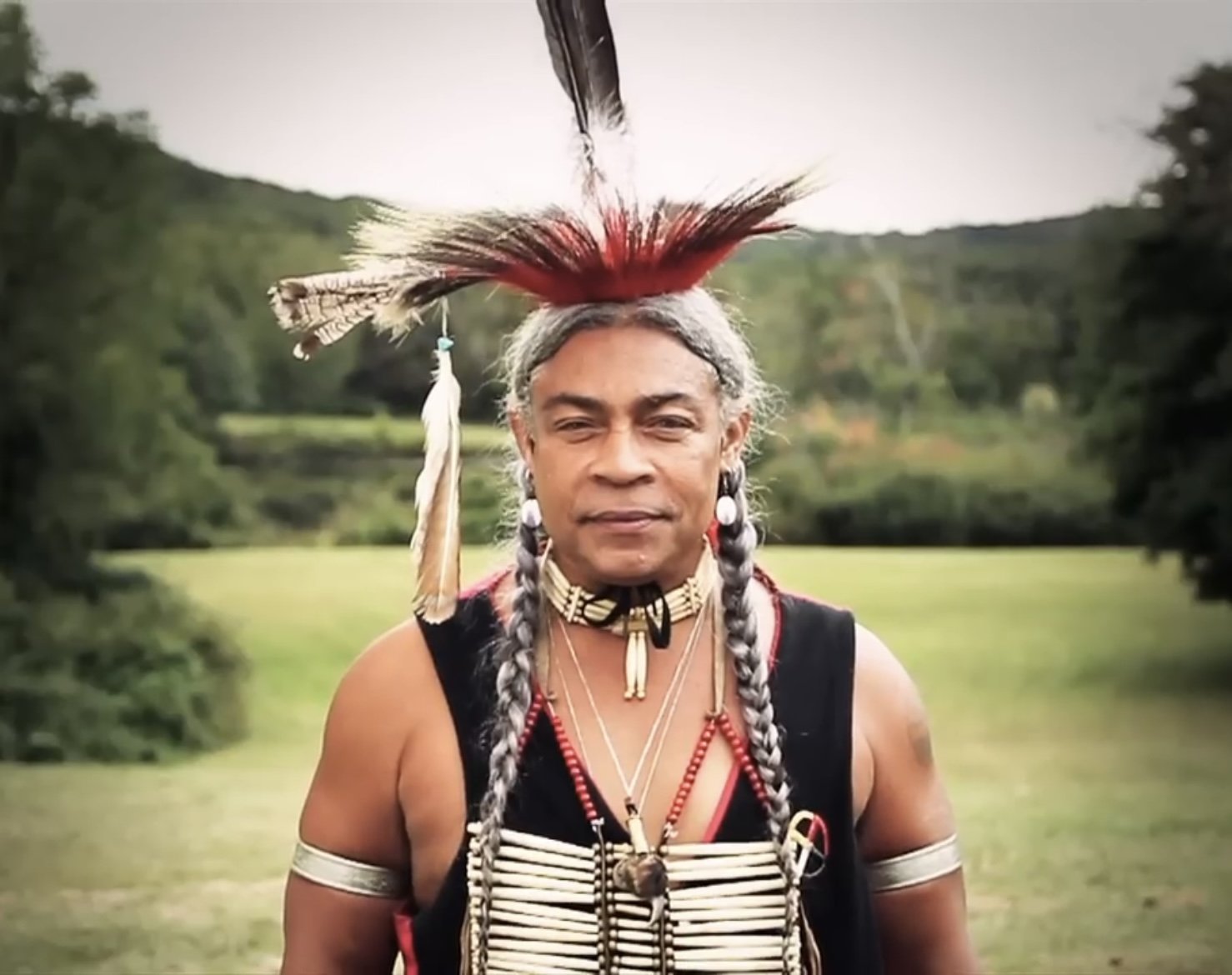
Ramapo Munsee Lenape Native American Tribe
African Diaspora Among Native American Societies
Honorable Minister Tete Antonio
Minister of External Relations
Government of Angola
Chairperson of the African Union Executive Council
Chief Carla Alexander
Chief of the Deer Clan
Ramapo Munsee Lenape Native American Tribe
Hillburn, NY,
Rockland County
Ramapo Mountain
Chief Carla Aleaxander is a descendant of Angola ancestry. Chief Carla is a high-ranking ELDER member in the Deer Clan. She is the Chief of the Deer Clan. She holds a Masters Degree in International Relations and is proactive in empowering her tribe on matters relating to women and children, education, health and nutrition, and cultural heritage preservation. Her vision is to help her tribe to gain international recognition to help to preserve their cultural heritage sites and indigenous cultural practies from both Angolan ancestries and Ramapo Munsee heritage.
Scholar and Archeologist Ed Lenik and Environemntal Scientist and Historian, Professor Chuck Stead are keepers of the African Diaspora Among the Ramapo Tribe heritage through scientific research historical artifacts and oral historical storytelling . Both scholars, Ed Lenik and Chuck Stead,who is the Exectuive Director of the African Diaspora Among Ramapo Munsee Lenape Native American Tribe, located in Harmony Hall, in Sloatsberg New York, is working closely with Chief Carla Alexander, Chief Vince Mann. Furthermore, Chief Carla Aleaxander is a testament to the inclusiveness of both ancestries from the Ramapo Munsee Lenapee and Angola descendants.
Scholar and Archeologist Ed Lenik, environmental scientist, Historian, and storyteller Professor Chuck Stead and the Chief of the Ramapo Munsee Lenape Tribe look forward to working with Honorable Minister Tete Antonio to help preserve this sacred cultural heritage under the Africa Union mandate for the 6th region and the UNESCO Routes of Enslaved People, and United Nations Remembrance of Slavery.
References:
https://www.un.org/en/rememberslavery/,
https://docs.un.org/en/A/RES/62/122



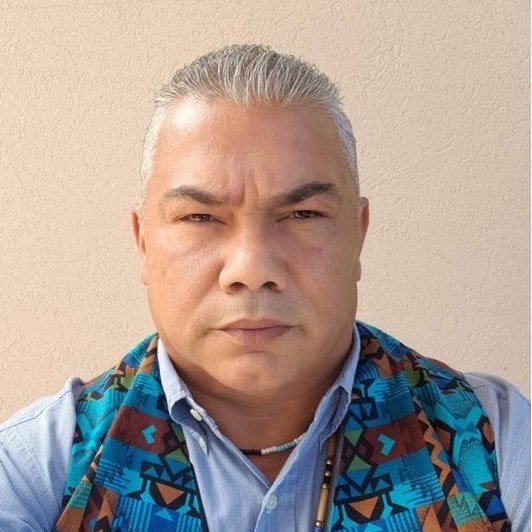
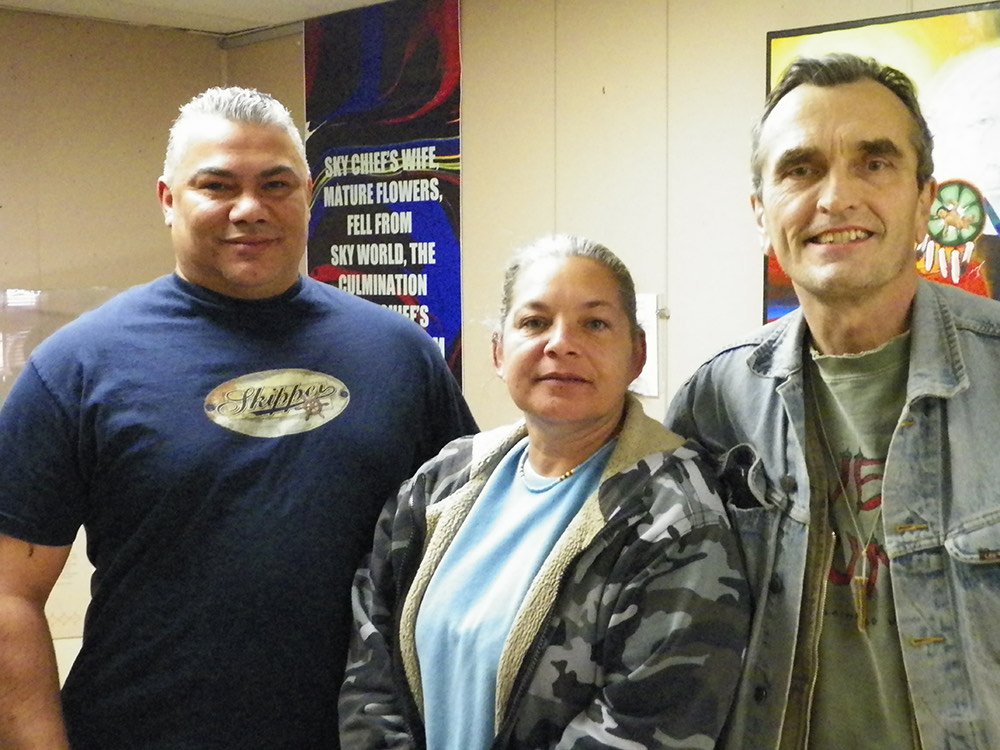



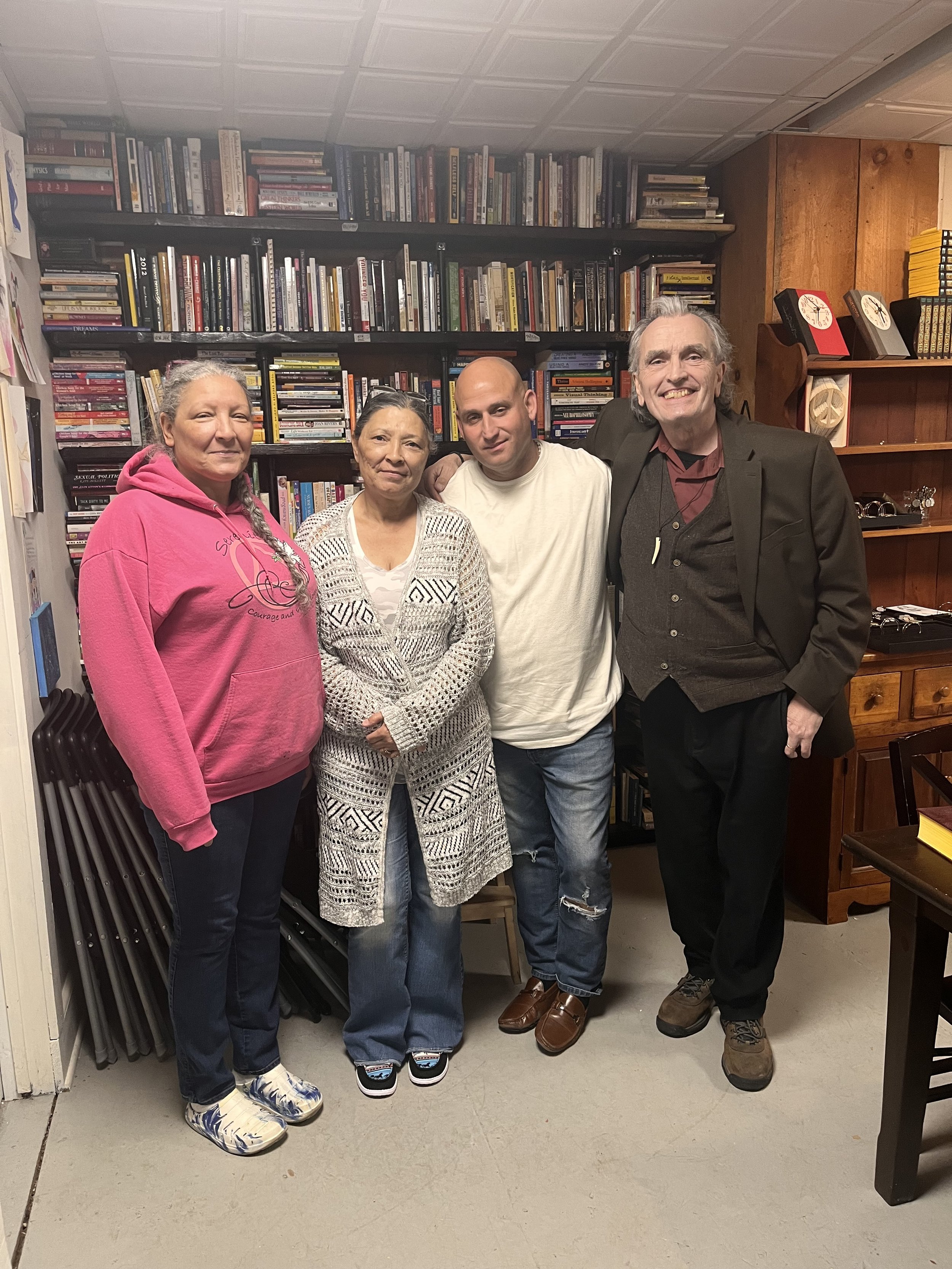



Historical Interactions Between African and Native American Communities
The interactions between African and Native American communities have a complex and multifaceted history, shaped by various social, cultural, and economic factors. Here are some key points that highlight these interactions:
Slavery and Forced Relocation: Enslaved Africans were forcibly brought to the Americas, where they encountered Native American tribes. This interaction often occurred under coercive circumstances, leading to a complex relationship marked by both conflict and cooperation.
Native American Freedmen: Some Native American tribes, such as the Cherokee and Choctaw, owned African slaves. In contrast, other tribes, like the Seminole, provided refuge to escaped slaves. This duality illustrates the varied responses of Native American tribes to the institution of slavery and their relationships with African Americans.
Southeastern Tribes and Alliances: In the Southeastern United States, African slaves who escaped often sought refuge in Native American communities, particularly among the Seminole and Creek tribes. These interactions led to the formation of alliances and intermarriage, creating a unique cultural blend [5] [6].
Cultural Exchange: The interactions between African and Native American communities facilitated a rich cultural exchange. Both groups shared knowledge, traditions, and practices, resulting in cultural syncretism. This blending of cultures contributed to the development of new identities that incorporated elements from both African and Native American heritages.
Cultural Legacy and Blended Traditions: The cultural legacy of African and Native American interactions is evident in various forms of music, art, and spirituality. Many of these practices have been preserved and adapted over time, showcasing the resilience and creativity of these communities. The blending of traditions has enriched the cultural landscape of the Americas.
In summary, the historical interactions between African and Native American communities were characterized by a mix of conflict, cooperation, and cultural exchange. These relationships have left a lasting impact on the cultural heritage of both groups, highlighting the importance of understanding their shared history.
The Role of the Ramapough Munsee Lenape in Preserving African Diaspora Cultural Heritage
The Ramapough Munsee Lenape Nation has played a significant role in protecting and preserving the cultural heritage of the African Diaspora, both historically and in contemporary times.
Here are some key points that illustrate their contributions:
Cultural Integration: The Ramapough Lenape Nation has a history of providing a safe space for individuals of African descent to integrate into their community. This blending of cultures is evident in the tribe's ancestry, which includes African, European, and Native American roots. This integration has allowed for the preservation of African cultural elements within the tribe's identity.
Cultural Revitalization Initiatives: The tribe is actively engaged in initiatives aimed at preserving and promoting African-Native American cultural heritage. These efforts highlight the importance of recognizing and celebrating the complex history shared between these communities. Such initiatives ensure that the contributions of the African Diaspora are acknowledged and preserved within the tribe's cultural narrative.
Maintaining Cultural Identity: Despite external pressures and influences, the Ramapough Lenape Nation has maintained a strong cultural identity tied to their Lenape heritage. This resilience allows them to honor and incorporate the diverse cultural influences, including those from the African Diaspora, into their traditions and practices. By doing so, they help to keep these cultural legacies alive [3].
Educational Efforts: The Ramapough Lenape Nation engages in educational efforts to raise awareness about their history and the significance of African-Native American connections. By educating both their community members and the public, they foster a greater understanding of the shared heritage and the importance of preserving it for future generations.
In summary, the Ramapough Munsee Lenape Nation has been instrumental in protecting and preserving the cultural heritage of the African Diaspora through cultural integration, revitalization initiatives, maintaining a strong cultural identity, and educational efforts. These actions not only honor their diverse ancestry but also contribute to the broader narrative of cultural resilience and heritage preservation.




